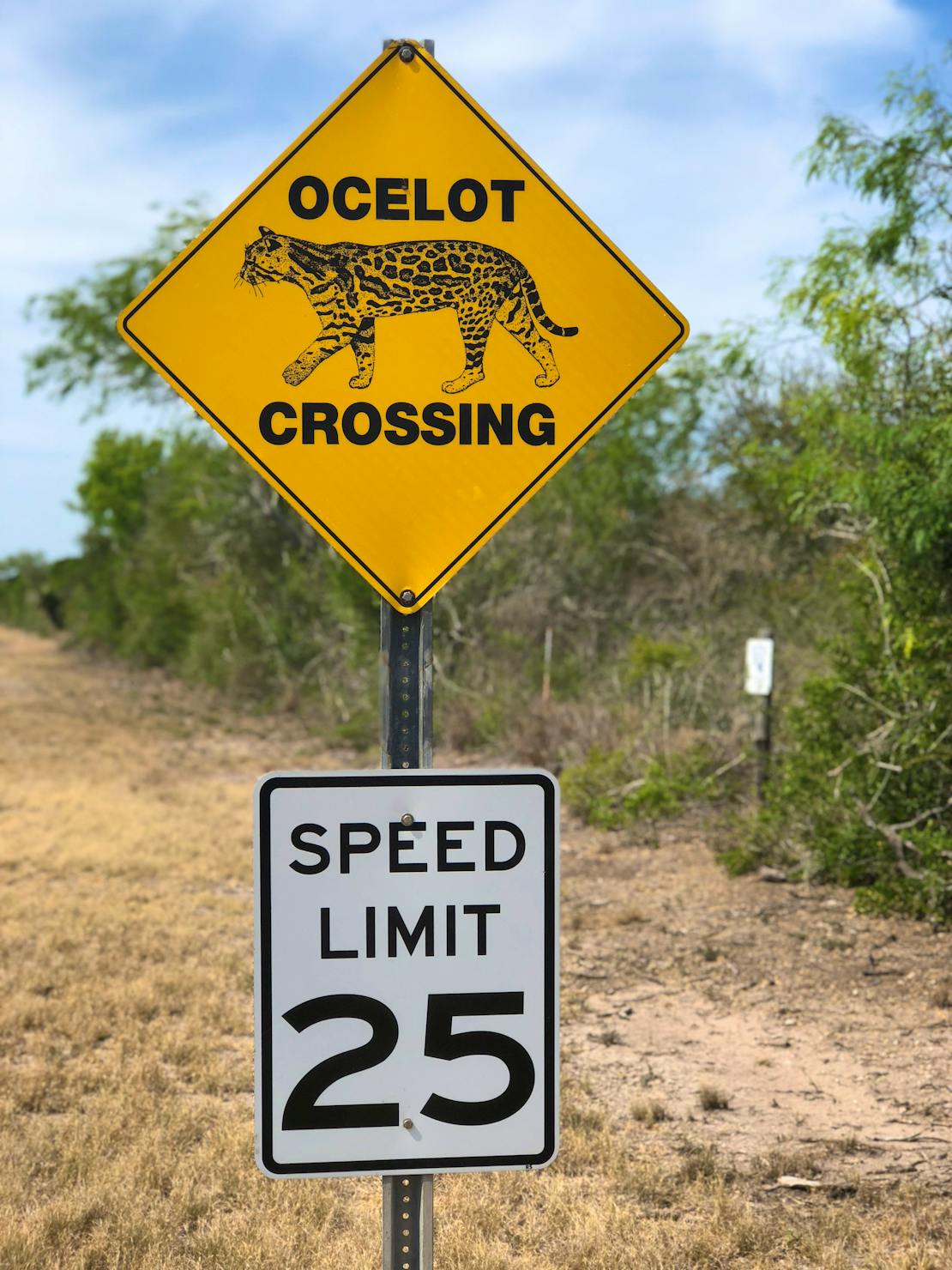At Defenders, we are deeply committed to sharing the message that science and nature are for everyone. That’s why, inspired by my colleagues’ enthusiasm for the Skype-a-Scientist initiative, I decided to take the plunge a few months ago, joining a high school classroom in Garrett, Indiana to share my experiences working in the sciences. Matched with students who had not demonstrated as much of an interest in science, I was excited to join this group because I, too, had once thought science wasn’t for me. It was not until college I realized how many important roles people can play in the creation and dissemination of scientific work—from community advocacy to writing. I was also eager to share the ways Defenders collaborates with communities and with people who have a variety of skills, knowledge and expertise well beyond what many people think of as traditional “science.”
Communicating Science
While many of us are quite familiar with working in virtual meeting environments during the COVID-19 pandemic, this was my first visit to a virtual classroom. Having started my career teaching in public universities in Wisconsin and Texas, I was thrilled to be back in the classroom (even from a distance), with rows of curious faces looking back at me from boxes on my computer screen. I recalled my own journey from science-outsider to environmental advocate. Through my career at Defenders, I have learned how important social science and skills traditionally thought of as belonging in the arts and humanities are to better communication and understanding in our society—and how essential they are to the work of protecting the wildlife and wild places.
I talked about the emerging field of science communication and how important these skills are in my own work at Defenders. A science communicator is someone who bridges the gap between the science and the public, whose work ranges from explaining fundamental topics to breaking down new scientific findings in ways general audiences can digest. The sciences have their own highly specific jargon important for nuanced communication among experts in the field that is largely inaccessible to the public, and it is important to have a diverse community of translators who can play a role in conveying the context, relevance and stakes of this work through a variety of methods and mediums.
We explored the idea that science communication is as important as science itself and briefly discussed the ways we had all experienced the importance of science communication in our daily lives during the COVID-19 pandemic. We also discussed the qualities of effective science communication: clearly, coherently and accessibly conveying complicated concepts; remaining factual, transparent and balanced; and utilizing accurate but impactful language, stories and images so the public can understand the importance and relevance of these issues in their own lives and to compel them to take action.
For these high school seniors thinking about upcoming college and professional careers, I highlighted less obvious majors and academic tracks. We discussed the wide variety of skills required of a science communicator, including science literacy, science fluency, research skills, analytical skills, critical thinking, strategic planning, cultural literacy, storytelling, public speaking, flexibility in writing styles for different audiences, media relations and social media.
Raising Awareness for Texas Ocelots
To demonstrate what accurate and accessible science communication looks like in action, I showcased Defenders’ work on ocelots in Texas where we’re building awareness about the plight of this endangered cat in the Rio Grande Valley, cultivating pride in its presence throughout the state. Our challenge is to highlight the species in ways that resonate and that people remember, to build affinity and even affection for the species, to highlight the stakes and challenges faced by people in these communities, to demonstrate why this all matters, and to share actions individuals can take in their own lives to join the effort. I shared with the students how I work with scientists and community representatives to connect the needs of this threatened species (habitat, abundant prey, etc.) with the concerns of local communities (green spaces, clean air and water, etc.) I explained how we are exploring targeted localized campaigns to better connect residents with small changes they can make in their lives to benefit these rare cats and the region. I also shared how communication like public talks, interviews with media and producing content for this blog and Defenders’ social media work to increase the visibility of the issues, bringing the story to where the different audiences are looking for news and information.
Rising Voices for Conservation
This conversation piqued the students’ interests as they started to think about how their own curiosities intersected with these broader roles to play within scientific work. The students asked insightful, in-depth questions concerning the ways I interact with scientists and local communities. I logged off feeling that perhaps I had inspired these diverse group to appreciate the importance of science in all of our lives. These students each have remarkable gifts to share and a rich diversity of experience and knowledge to draw from, and I hope they feel empowered to use their talents. I look forward to this rising generation joining us in the larger fight to protect and conserve wild lives and wild places.








